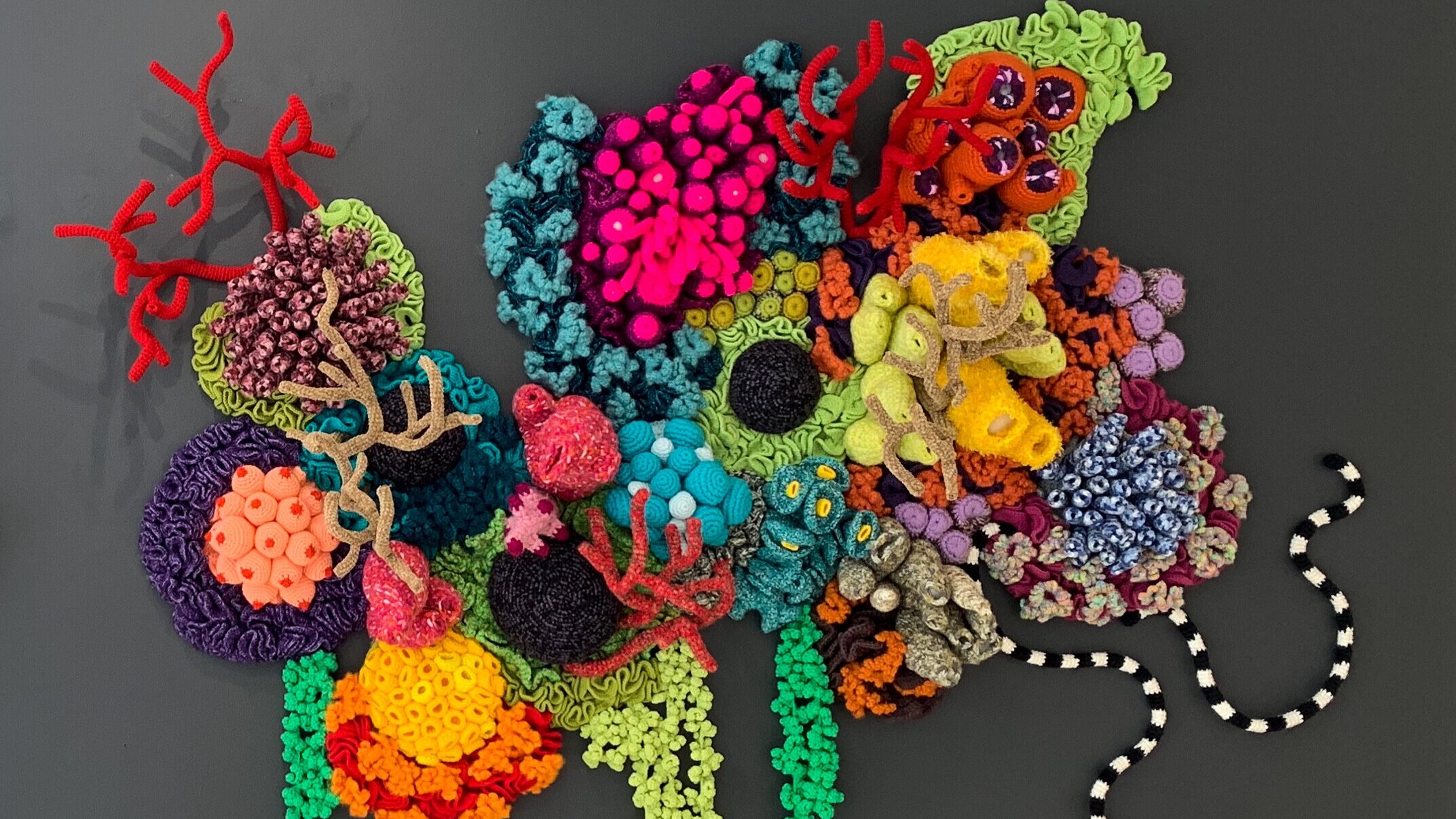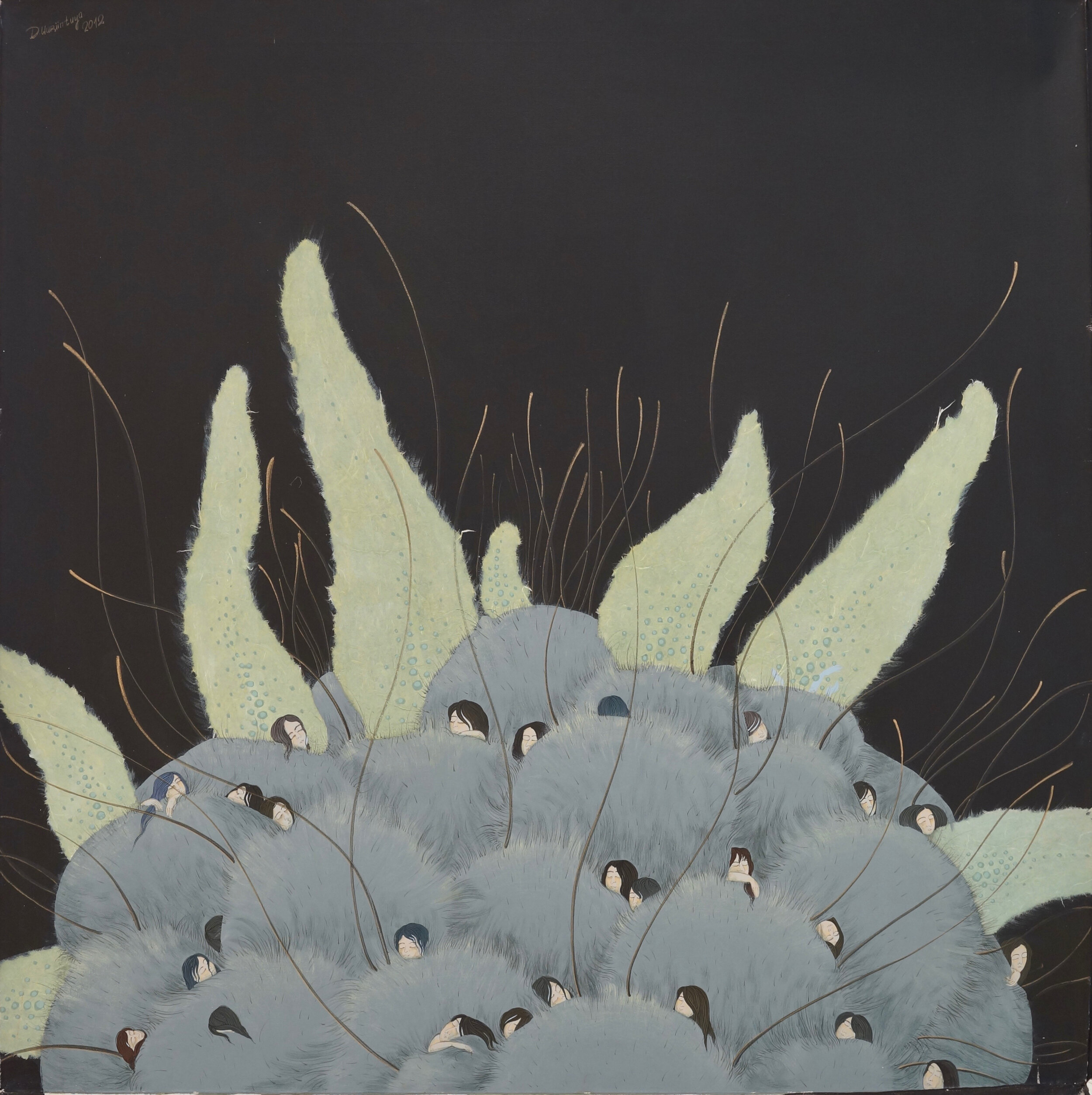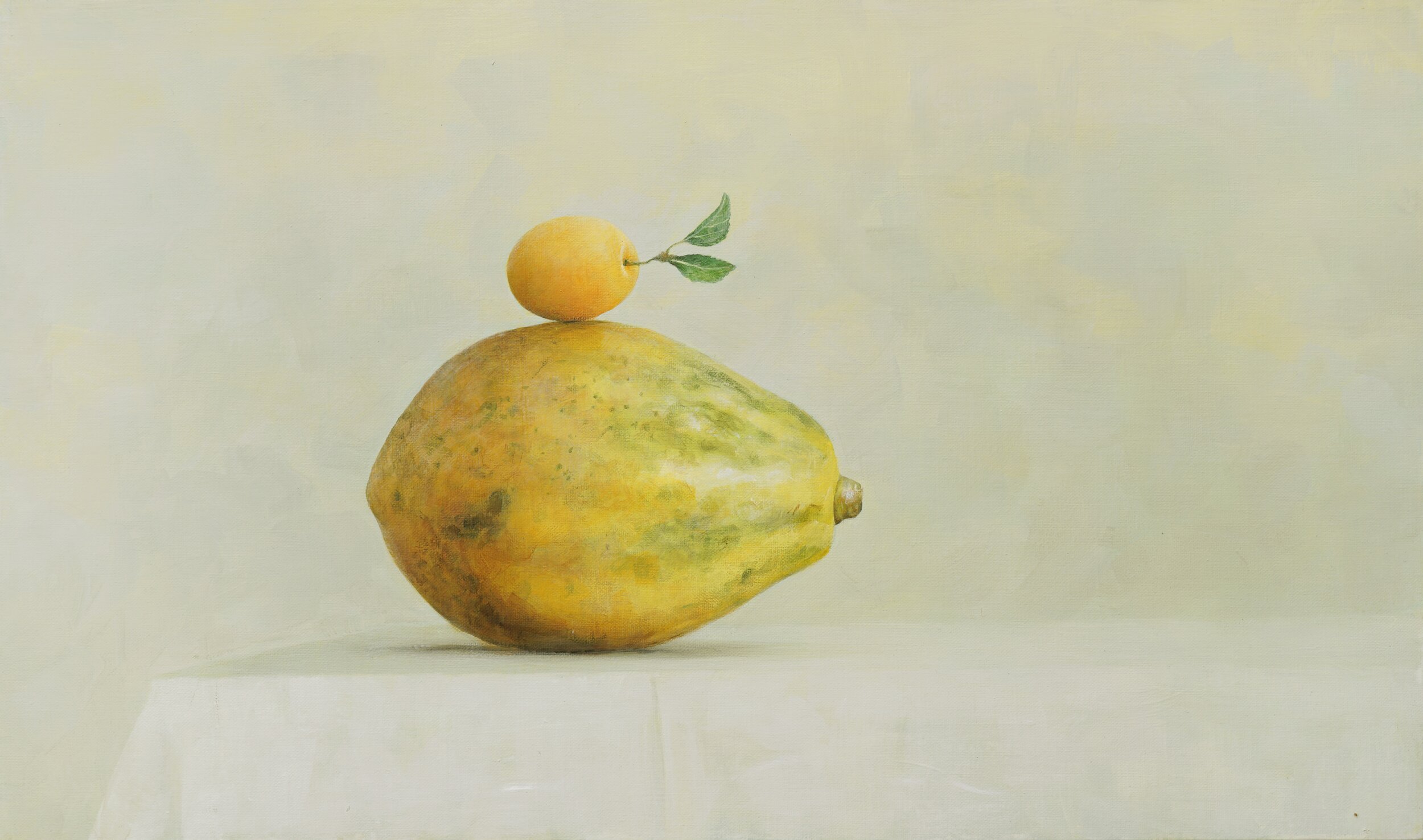
Cultural Ecologies of Asia
On view January 30-March 6, 2021 at Dallas Art Fair Projects
CULTURAL ECOLOGIES OF ASIA
New Works by artists from Indonesia, Japan, Kazakhstan, Korea, Malaysia, Mongolia, Singapore
Sapar Contemporary, in collaboration with the Dallas Art Fair, is proud to present Cultural Ecologies of Asia, an exhibition curated by Jacqueline Chao, Senior Curator of Asian Art, Crow Museum of Asian Art of The University of Texas at Dallas. The exhibition features new works by artists from from Indonesia, Japan, Kazakhstan, Korea, Malaysia, Mongolia, Singapore, and the United States.
The interrelationship of artistic creation with one’s environment can be traced to the beginning of art in all regions of human habitation. Even before industrialization, peoples across Asia—generally defined as both an ideological concept as well as a continental and maritime area as vast and diverse geographically and culturally as it is ecologically—have been concerned with the value and power of natural materials and phenomena, of resource and species depletion, and of every day survival and adaptation on a constantly changing and human-altered land. From ancient times, we find evidence of artistic and architectural responses in Asia to geology, topography, atmospheric conditions, hydrology, flora and fauna in relation to human ideas and values. Artistic responses have included heightened consideration of materiality and one’s dependence on water, geology, and biology; the hand and machine-working of earthly materials and atmospheric systems; and investigations into the presence of the non-human. This exhibition, featuring new works by living contemporary Asian artists, encourages exploration of the interrelationships between cultural and natural systems.
ARTISTS
Ahmad Zakii Anwar, also known as Zakii, is one of the most important living artists in Malaysia. Zakii is lauded for capturing not only city motifs and urban features but also the distinctive psychological dimensions and cinematic quality of these settings. Zakii’s preoccupation with the spiritual or metaphysical aspects of urban life and nature is revealed through his use of icons, symbols and allegories. His paintings of fruits or “nature’s bounty” engaged in sensual and intimate acts combine his interests in portraying the psychological and cosmological inquiries of the human spirit and body within one’s environment.
Uurintuya Dagvasambuu is a contemporary master of Mongol Zurag painting. She integrates traditional Mongolian and Buddhists motifs with contemporary themes, as she chronicles the lives of women and of everyday, mundane life across the seasons in her post-nomadic homeland. Dagvasambuu participated in the international exhibitions including the Shanghai Bienniale (2012), the Fukuoka Asian Art Triennial (2014), and the Asia Pacific Triennial (Queensland, 2015). Dagvasambuu was also a part of the 2017 Documenta 14 tour. Her works are included in the collection of the Johnson Museum of Art at Cornell University. She currently lives and works in Ulaanbataar.
Saule Dyussenbina is a Kazakh multimedia artist known for her whimsical revisions of Western art history and humorous inserts of Central Asian culture, Asian female artists and herself into the male dominated Western canon. In her paintings, watercolors, prints and animations, she addresses feminism, urbanism, Central Asian identity, and the role of the artist through the prism of her nomadic heritage. In her prints, she remixes Kazakh animal folk motifs with contemporary objects (surveillance cameras), touching on themes of human alterations of environment and urbanization.
Indonesian artist Mulyana’s colorful, knit and crocheted sculptural installations featuring ocean corals are emblematic of the global social and environmental concerns we currently face and inspire a renewed responsibility for both nature and respect for all beings. In 2008, Mulyana formed his alter-ego, the Mogus (monster), which is an acronym that merges the Gurita animal (octopus) with Mulyana’s family name (Sigarantang).
Singaporean artist Wyn-Lyn Tan's artistic practice is grounded in painting, and is driven by a fascination with remote natural landscapes and how they connect across time and culture. The practice of landscape painting in Asia is a depiction of real or imagined natural scenery as well as reflect human values. Trained in traditional Chinese ink painting and Western painting, we can interpret through her work such artistic traditions in relation to cultural and environmental relationships.
Brooklyn-based artist Heeseop Yoon was born and raised in Seoul, Korea, and known for her large-scaled line drawing installations and intricate black and white drawings that deal with memory and perception within cluttered spaces. Within her works, she highlights the remnants and debris of modern living by creating in larger-than life form disorganized stockpiles of “things”, to exploring why we collect, keep and hoard what we do.
Shinji Turner-Yamamoto is a Japanese born U.S.-based artist known for paintings, sculptures, and installations employing elemental materials such as trees, fossils, and minerals, creating profound viewer connections with nature. He uses historic and natural elements in his work as meditations on the environment. His work has also been the subject of solo shows at Museo d'Arte Contemporanea Villa Croce, Genoa, Italy; Crawford Art Gallery, Cork, Ireland; the Contemporary Arts Center, Cincinnati, OH; and the Ippaku-tei Teahouse, Embassy of Japan, Washington, DC. Shinji’s work is included in the collections of Cincinnati Art Museum; Scottsdale Museum of Contemporary Art, AZ; Columbia University, New York; University of Maryland, MD; Comune di Castel San Pietro Terme, Bologna; Keuruun Museo, Keuruu, Finland; LUIGI PECCI Contemporary Art Museum, Prato; Pro Artibus Foundation, Ekenäs, Finland Targetti Light Art Collection, Firenze, Italy.
Exhibition Venue:
Dallas Art Fair Projects
150 Manufacturing Street, Suite 214
Dallas, Texas 75207
Tuesday-Saturday, 11 am-4 pm or by appointment
Interview, Jacqueline Chao in conversation with Nina Levent, Patron Magazine, February/March 2021
Header Image: Mulyana, Harmony 6, 2020. Image courtesy of Sapar Contemporary.
Gallery Images: Shinji Turner Yamamoto, Pentimenti #47, 2016; Uuriintuya Dagvasambuu, The Flower and People, 2012; Ahmad Zakii Anwar, Papaya & Yellow Plum (detail), 2019. Images courtesy of Sapar Contemporary.


